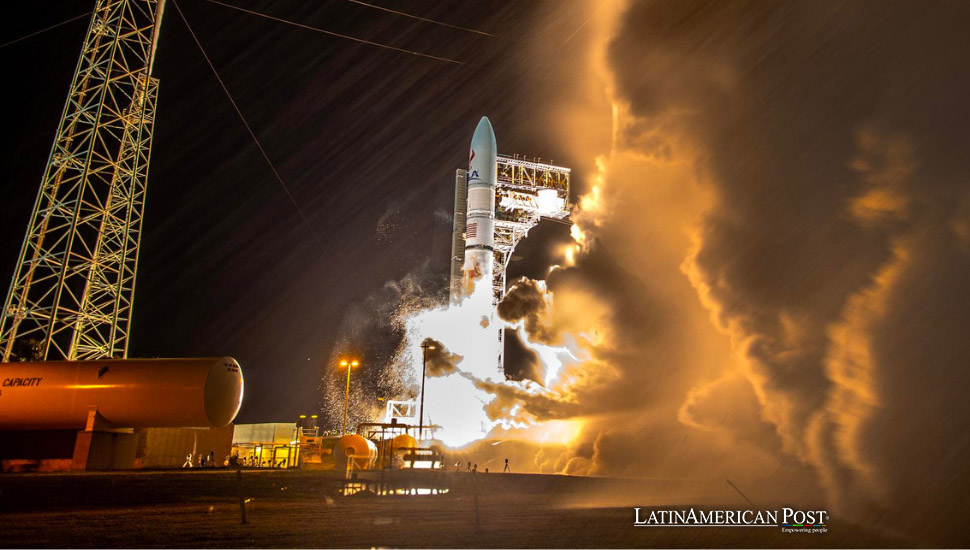Mexican Mission to the Moon Says that, Despite Problems with the Ship, it is More than 50% Successful

Technical Issues Affect Astrobotic’s Peregrine Mission
The fate of Astrobotic’s Peregrine module, which was supposed to reach the Moon in February, remains uncertain after the failures it presented hours after Monday’s successful launch from Florida.
The ship is left with less and less fuel to reach its goal and it is also a fact that it could not have a “soft” landing on the Moon due to its propulsion system problems, according to Astrobotic.
The company estimates that the spacecraft, which measures 1.9 meters high and 2.5 meters wide, has less than two days of propellant left before reserves run out and the spacecraft begins to spin.
UNAM Hive: Tests and Hope
But despite this scenario, experts are trying to get the ship as close as possible to the Moon, an effort that allowed the UNAM Colmena mission to begin a series of tests to operate miniaturized technology in such conditions, which have never been carried out, Medina Tanco explained.
In a statement issued by UNAM, the person responsible for the mission and head of the Space Instrumentation Laboratory (LINX), of the Institute of Nuclear Sciences (ICN) of UNAM, noted that Colmena “turned on correctly in deep space, which is a great milestone in the mission, and is consuming the expected amount of power.
But he specified that at the moment “no more tests can be carried out”, since the energy of the Peregrine ship is being rationed and authorization from Astrobotic is awaited to proceed with testing all the other subsystems of Colmena.
Prospects for Success and Future Challenges
“With these results, the mission has a success level greater than 50% and it is expected that during the early hours of Wednesday, tests will be carried out that could lead to 75% success, although it is not possible to have scientific operational data on the lunar regolith,” said the expert.
He also explained that seven hours after its successful launch and separation from United Launch Alliance’s Vulcan Centauro rocket, the Peregrine spacecraft – on the correct trajectory to the Moon – began to have problems with its pointing system, which caused its solar panels. They could not continue charging their batteries.
Also read: Mexico’s great leap: pioneering lunar mission opens new paths
Aboard the Peregrine One Mission, which was to be the first American commercial robotic lunar landing, there are about twenty payloads from customers including NASA, with five of them to study the surface, atmosphere, and radiation environment of the Moon.
There are also five miniature autonomous ‘rovers’ from what would be Mexico’s first lunar mission, and another small explorer vehicle designed by students at Carnegie Mellon University, among many other private cargo, including one from a space funeral company.




